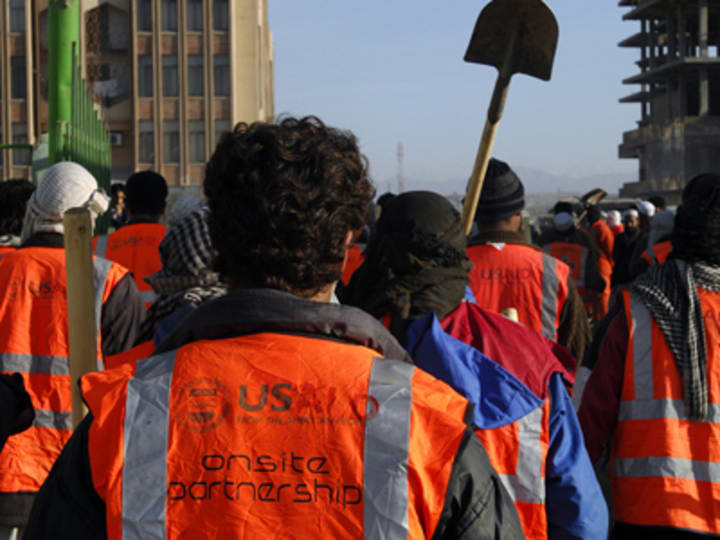
In Afghanistan, the U.S. is fighting Taliban insurgents with economic aid. Through cash-for-work programs, the U.S. hopes to keep Afghans from serving the Taliban. To do this, the American government is spending large amounts of money, and it is spending fast.
The surge of U.S. financing is particularly evident in Nawa, Afghanistan, where the U.S. Agency for International Development intends to spend some USD30 million in the next nine months to improve agriculture in the rural district. Other U.S.-backed projects will bring more funding to Nawa next year.
While the provision of economic aid has generated job opportunities in Nawa, experts fear that the Afghan government will not be able to sustain the program. Farmers may also have more crops that they will be able to sell.
“We’ve blasted Nawa with a phenomenal amount of money in the name of counterinsurgency without fully thinking through the second- and third-order effects,” British development expert Ian Purves said.
But Rory Donohoe, USAID’s agriculture program manager in the Helmand province, argues that resuscitating Nawa’s economy “requires a large effort.” USAID plans to use up some USD250 million over one year to support farm production in the provinces of Helmand and Kandahar.
As reported by Devex, USAID is providing supplies and services to farmers in both provinces in exchange for their collaboration with Afghanistan’s government, in a bid to counter Taliban insurgency.
“The spending here is a preview of what the Obama administration wants to accomplish on a larger scale,” The Washington Post says. “USAID’s ‘burn rate’ in Afghanistan – the amount it spends – is about [USD]300 million a month and will probably stay at that level for at least a year.”
Development experts have raised their concerns on Afghanistan’s capacity to absorb financing.
“We’ve turned a fire hose on these guys – and they can’t absorb it,” said a former USAID contractor in Afghanistan. “We’re setting ourselves up for a huge amount of waste and fraud.”




